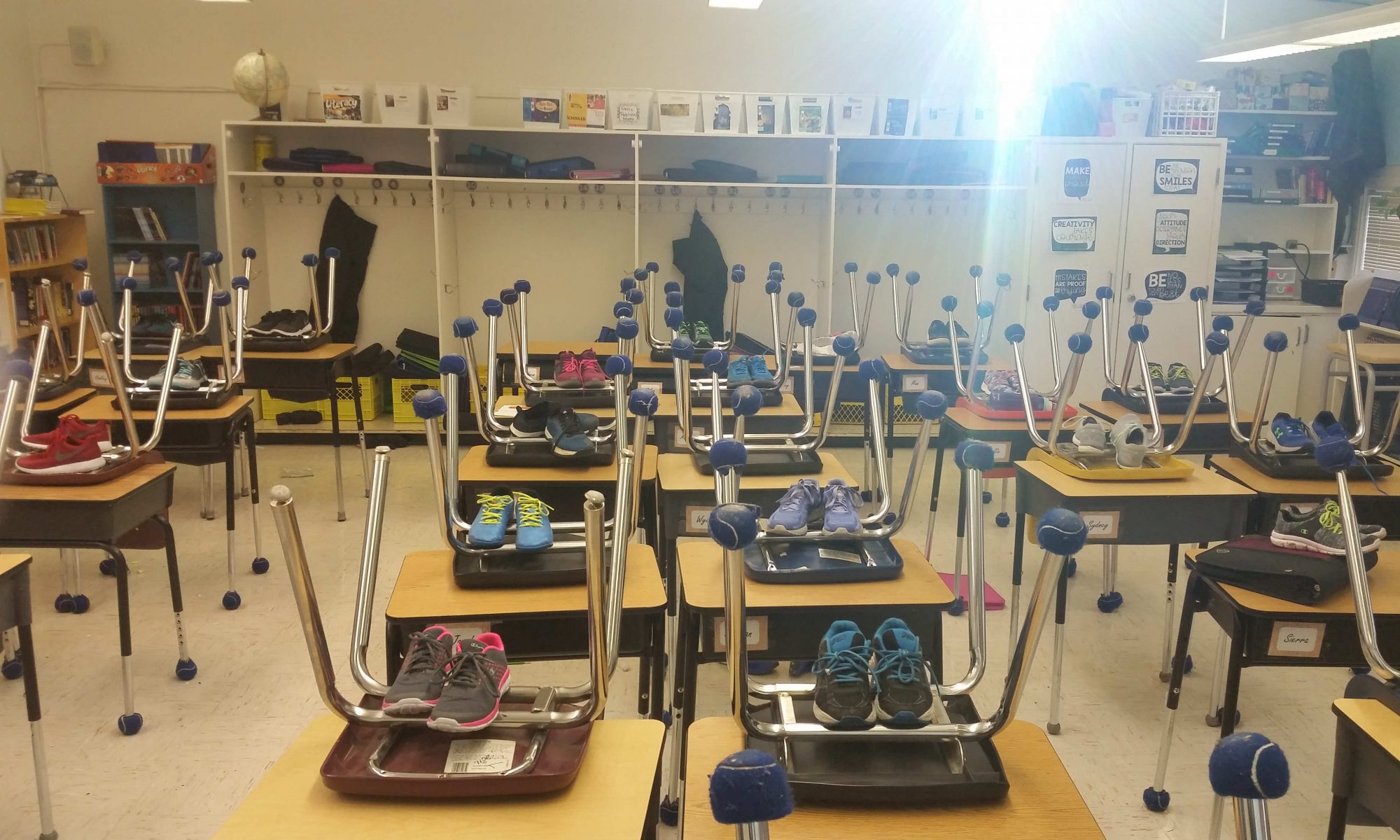Some ways of re-inhabitation and decolonization are: Uniting elders and youth aboriginals, inter-generational dialogue, community research on economic and social relationships, historical Albany river theme, skill building workshops, training in research skills, production of Zines (an Aboriginal magazine), remapping of key cultural and historical sides, they were given aboriginal names, exploration of land and historic territory, environmental aboriginal immersion. All of these ideas and methods are used to re-inhabit an decolonize the land. Most of these ideas are acted on in a project, which was invented to decolonize and re-inhabit the land. These ideas will help future generations to understand and practice aboriginal tradition and ways of life. The main idea was to return the sense of ownership of land back to the aboriginal tribes, re-establish aboriginal language and dialect, and finally, re-introduce the significance of the environment to the youth. Now, we will explore how I will use these ideas (Restoule, 2013).
I can borrow using historical aboriginal names, teaching the curriculum’s Anglo-view and aboriginal-view, teach an aboriginal view when appropriate, provide an insight on aboriginal philosophy and history when appropriate, and lastly, encourage a positive connection to aboriginal culture and tradition. Hopefully, by using these methods I can encourage an interest in re-habitation, decolonization, aboriginal culture and knowledge, and understanding of the aboriginal perspective. Even if a textbook is Anglo-focused this does not mean I must only teach Anglo-ideas (Restoule, 2013).
References
Restoule, Jean-Paul. Gruner, Sheila. & Metatawabin. (2013). Learning from Place: A Return to Traditional Mushkegowuk Ways of Knowing [PDF]. Retrieved from https://drive.google.com/file/d/1dI7wj8JcsOuMVHjWx1aKJy3XzCSoyYuc/view

